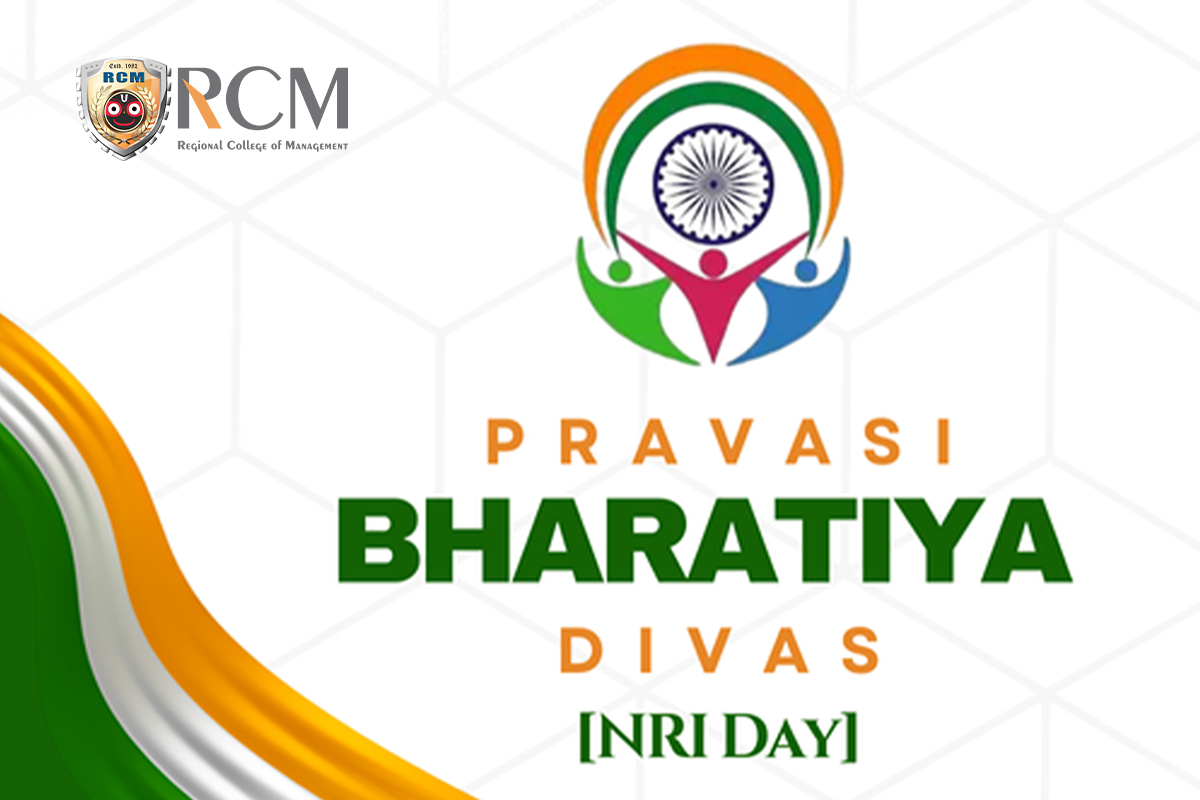“Innovation distinguishes between a leader and follower”
Steve Jobs, Apple Co-Founder
A leader is one who doesn’t do different things, but rather does things differently. Leadership skill is nowadays a must to be possessed amongst all soft skills. A good leader is a good manager at work, irrespective of what designation he or she carries. Leadership is not about heading the team, but it’s definitely about how many people follow you because you inspire them.
Globalization has allowed different cultures to understand each other, showing that there can be a mutual understanding despite differences in leadership patterns all over the world. But the truth is each leader has their place in the leader’s toolkit. A wise leader knows how to flex from one style to another depending on the situation. There are seven primary leadership styles that have been categorized to meet and cater to the needs of the rapidly changing world running a rat race to survive being the fittest.
The autocratic leadership style says, “Do as I say” This command-and-control system was prevalent in the early ages but the talents today do not prefer this working style and this now isn’t a much-adopted one. But while dealing with a new team or inexperienced members and while taking a crucial decision, this leadership style may be appropriate. The second stands for an authoritative style which says, “Follow me”. This can be considered as a mark of confident leaders as they have a well-sensed map to drive down the problem to reach the solution, simultaneously inspiring people along the way. The third one says, “Keep up!”, which can be termed as pacesetting. This type may not be retained for a longer-term as a leader of this type needs to blow the air out of the tires to keep the team intact. Democratic leaders usually ask, “How do you see it?” and share vital information with the employees which shall impact their responsibilities. A coaching style of leadership enforces a, “Consider this” which helps individuals in the team attain their full potential by believing in their potential so as to derive the best output. The last but one type speaks of an affiliative pattern which says, “People come first”. This type restores and promotes harmony and forms collaborative terms in the team as the emotional need of the teammates are even considered. The last one laissez-faire style of leadership lets people go with the flow. This style works wonders when dealing with highly-skilled, experienced employees who are already motivated to give the best. To create the best results, team performance has to be monitored and feedbacks can act as a catalyst to bring the best.
As the Chinese saying goes, the wise adapt themselves to circumstances, as water molds itself to the pitcher. A leader is one who knows the way, goes the way, and shows the way. Walking down the path and heading the team to attain the fixed goal should be the aim of every leader who leads or navigates.




















